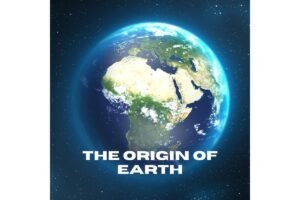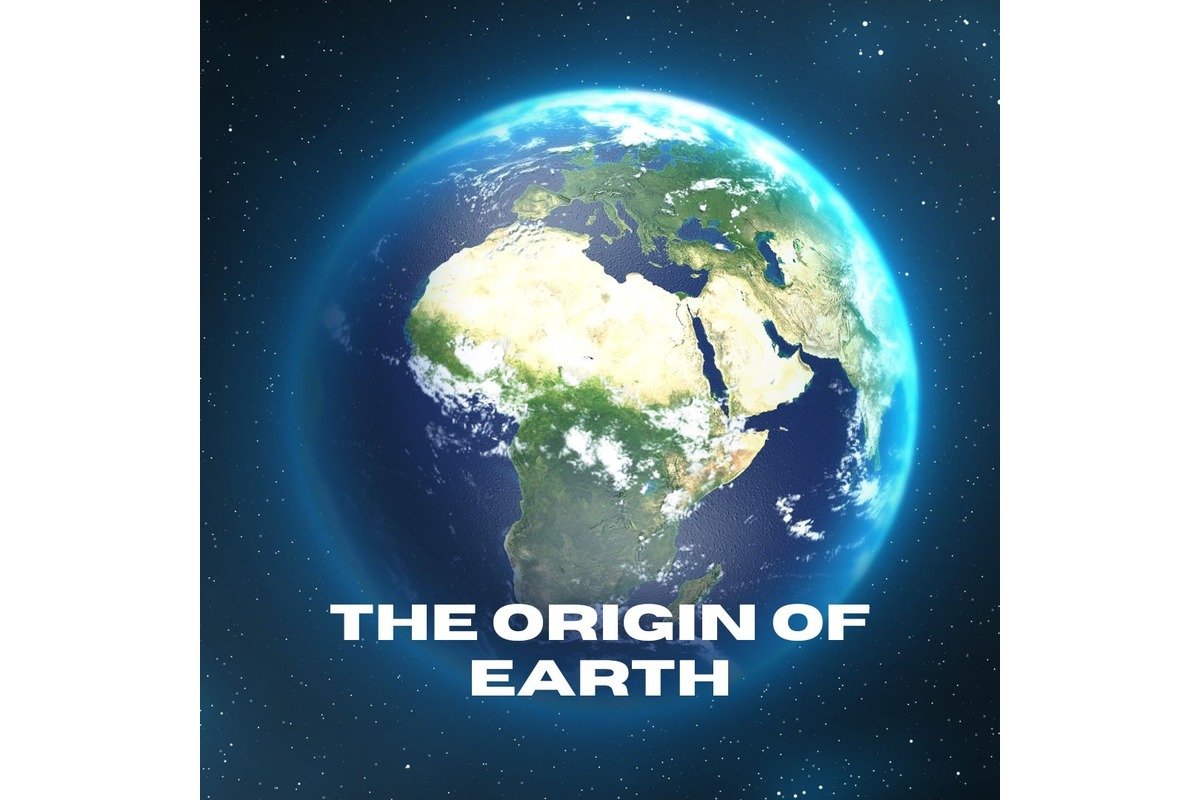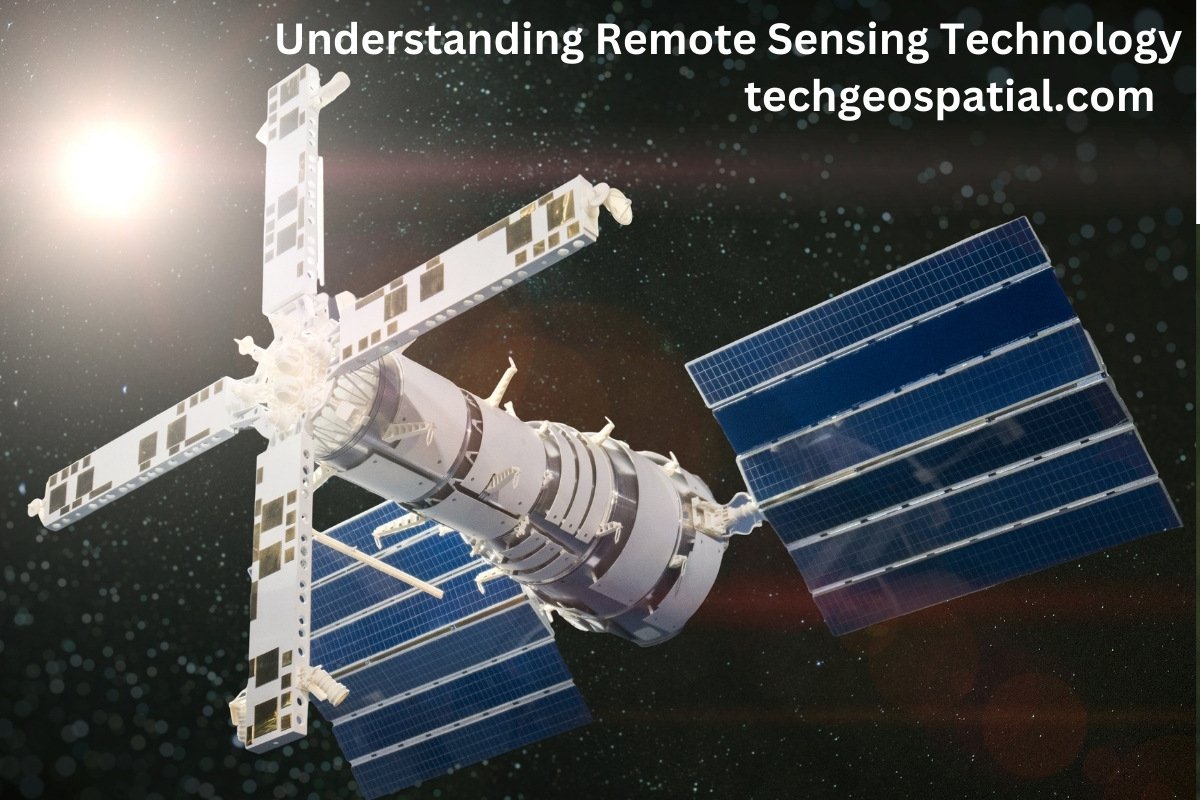The origin of Earth

The origin of Earth has fascinated scientists and thinkers for centuries, leading to the development of various theories to explain how our planet came into existence. In the vast tapestry of the cosmos, the origins of celestial bodies like planets have long captivated the imagination of scientists and thinkers. Several theories have been proposed over the years to explain the formation and evolution of planets, each offering unique insights into the processes that shape our universe. Let’s explore four of these theories: the Nebular Theory, Tidal Action Theory, Chamberlain and Moulton’s Theory, and the Rotational and Tidal Theory.
The Nebular Theory: At the heart of the Nebular Theory lies the idea that our solar system formed from a massive cloud of gas and dust known as the solar nebula. Proposed by Immanuel Kant and Pierre-Simon Laplace in the 18th century, this theory suggests that gravitational forces caused the nebula to collapse, forming the sun at its center and a surrounding disk of material that eventually coalesced into planets like Earth. The Nebular Theory provides a comprehensive explanation for the formation of planetary systems and has been supported by observations of other star systems in the universe.
Tidal Action Theory: The Tidal Action Theory focuses on the influence of tidal forces, particularly those exerted by the moon, on the dynamics of planets like Earth. These tidal forces result from the gravitational attraction between celestial bodies, causing the Earth’s oceans to bulge and creating phenomena such as tides. Over time, tidal forces have played a significant role in shaping Earth’s geological processes, influencing everything from volcanic activity to the length of Earth’s day. This theory also offers insights into the formation and evolution of the moon itself, suggesting that it was shaped by tidal interactions with Earth early in the solar system’s history.
Chamberlain and Moulton’s Theory: Chamberlain and Moulton’s Theory, also known as the Planetesimal Hypothesis, proposes that planets like Earth formed from the collision and accretion of smaller bodies called planetesimals. According to this theory, the early solar system was populated by countless small objects that gradually coalesced to form larger bodies, eventually giving rise to planets. While this theory shares similarities with the Nebular Theory, it places greater emphasis on the role of individual collisions and interactions in shaping planetary formation.
Rotational and Tidal Theory: The Rotational and Tidal Theory explores the dynamic relationship between a planet’s rotation and its interaction with tidal forces. Tidal forces exerted by celestial bodies like the moon can influence a planet’s rotation rate and axis of rotation over time. This theory suggests that tidal interactions have played a crucial role in stabilizing Earth’s axial tilt, preventing large variations that could lead to dramatic climate changes. Additionally, tidal forces contribute to the heating of a planet’s interior, driving geological activity such as volcanic eruptions and tectonic movements.
Spheres of the Earth
The Earth is composed of several spheres, each playing a vital role in the planet’s dynamics and supporting life as we know it. These spheres interact with one another, creating complex systems that regulate Earth’s climate, geology, and biosphere. Let’s explore the primary spheres of the Earth:
- Atmosphere: The atmosphere is the layer of gases that surrounds the Earth. It extends from the planet’s surface to outer space and is divided into several layers, including the troposphere, stratosphere, mesosphere, thermosphere, and exosphere. The atmosphere plays a crucial role in regulating Earth’s temperature, weather patterns, and the distribution of gases essential for life, such as oxygen and carbon dioxide.
- Hydrosphere: The hydrosphere encompasses all the water on Earth, including oceans, seas, rivers, lakes, groundwater, and atmospheric water vapor. Water is essential for life and influences Earth’s climate, weather, and geological processes. The hydrosphere also plays a critical role in shaping landscapes through erosion, deposition, and the formation of landforms such as rivers, valleys, and coastlines.
- Lithosphere: The lithosphere is the solid outer layer of the Earth, consisting of the crust and the uppermost portion of the mantle. It includes the Earth’s continents, ocean basins, and various geological features such as mountains, plains, and plateaus. The lithosphere is divided into tectonic plates that interact with one another, leading to processes such as plate tectonics, volcanic activity, and earthquakes.
- Biosphere: The biosphere comprises all living organisms on Earth, including plants, animals, fungi, bacteria, and other microorganisms. Life exists in diverse habitats across the planet, from the depths of the ocean to the highest mountain peaks. The biosphere interacts with the other spheres of the Earth, influencing and being influenced by factors such as climate, geology, and human activities.
- Pedosphere: The pedosphere, or soil sphere, refers to the outermost layer of the Earth’s crust that supports plant growth and sustains terrestrial ecosystems. Soil is a complex mixture of minerals, organic matter, water, air, and microorganisms, essential for agriculture, forestry, and maintaining biodiversity. The pedosphere plays a crucial role in nutrient cycling, water filtration, and carbon sequestration.
- Cryosphere: The cryosphere encompasses all the frozen water on Earth, including glaciers, ice caps, ice sheets, snow cover, permafrost, and sea ice. It regulates Earth’s climate by reflecting sunlight back into space, influencing global temperatures and ocean circulation patterns. The cryosphere also plays a role in sea level rise, freshwater availability, and the habitat for polar ecosystems.
conclusion
In conclusion, these theories offer valuable insights into the complex processes that govern the formation and evolution of planets like Earth. By studying the dynamics of celestial bodies and the forces that shape them, scientists continue to unravel the mysteries of the universe, deepening our understanding of our place within it. These spheres interact and influence one another through complex feedback loops and processes, creating a dynamic and interconnected system known as Earth’s system. Understanding the interactions between these spheres is essential for addressing global challenges such as climate change, biodiversity loss, and sustainable resource management.






One thought on “The origin of Earth”